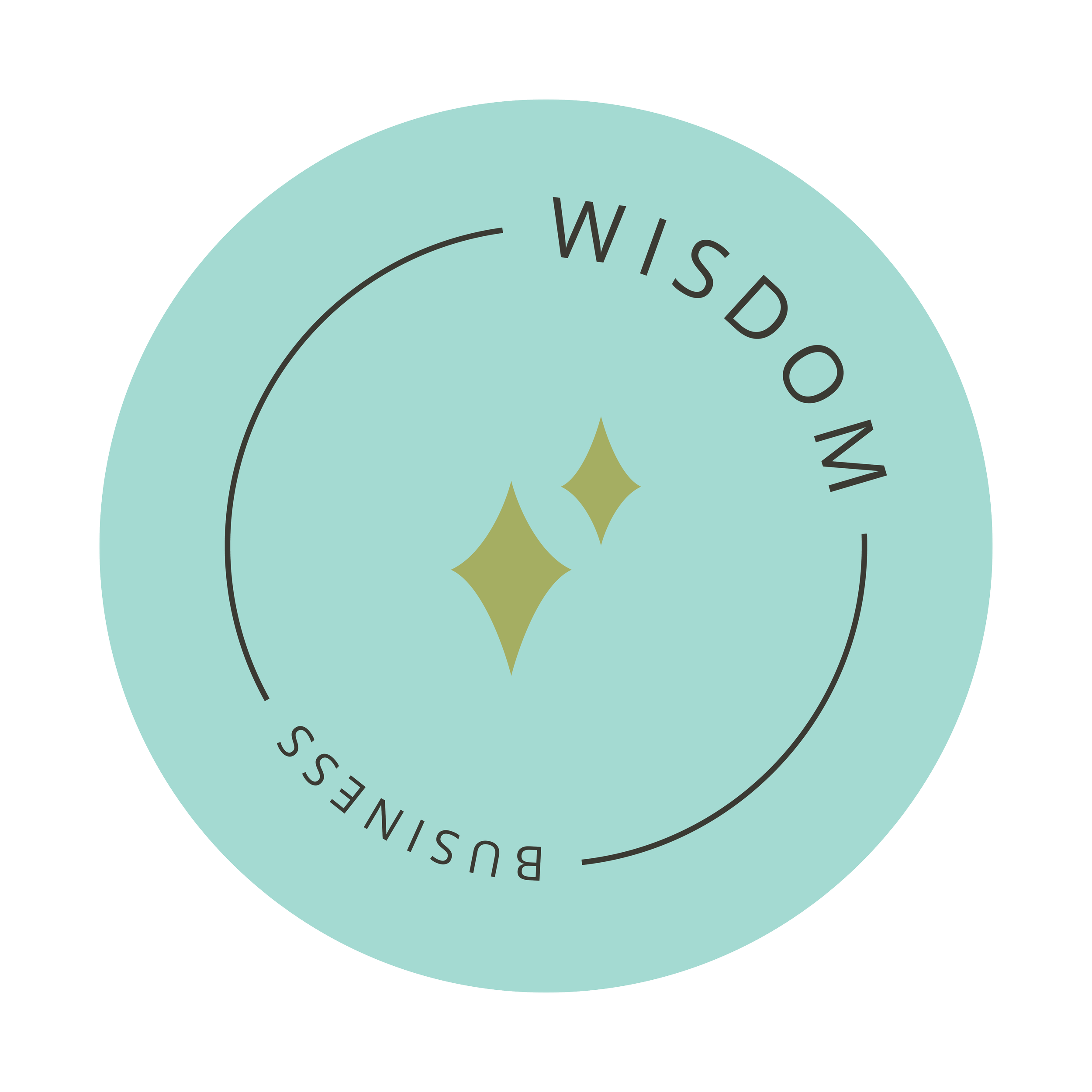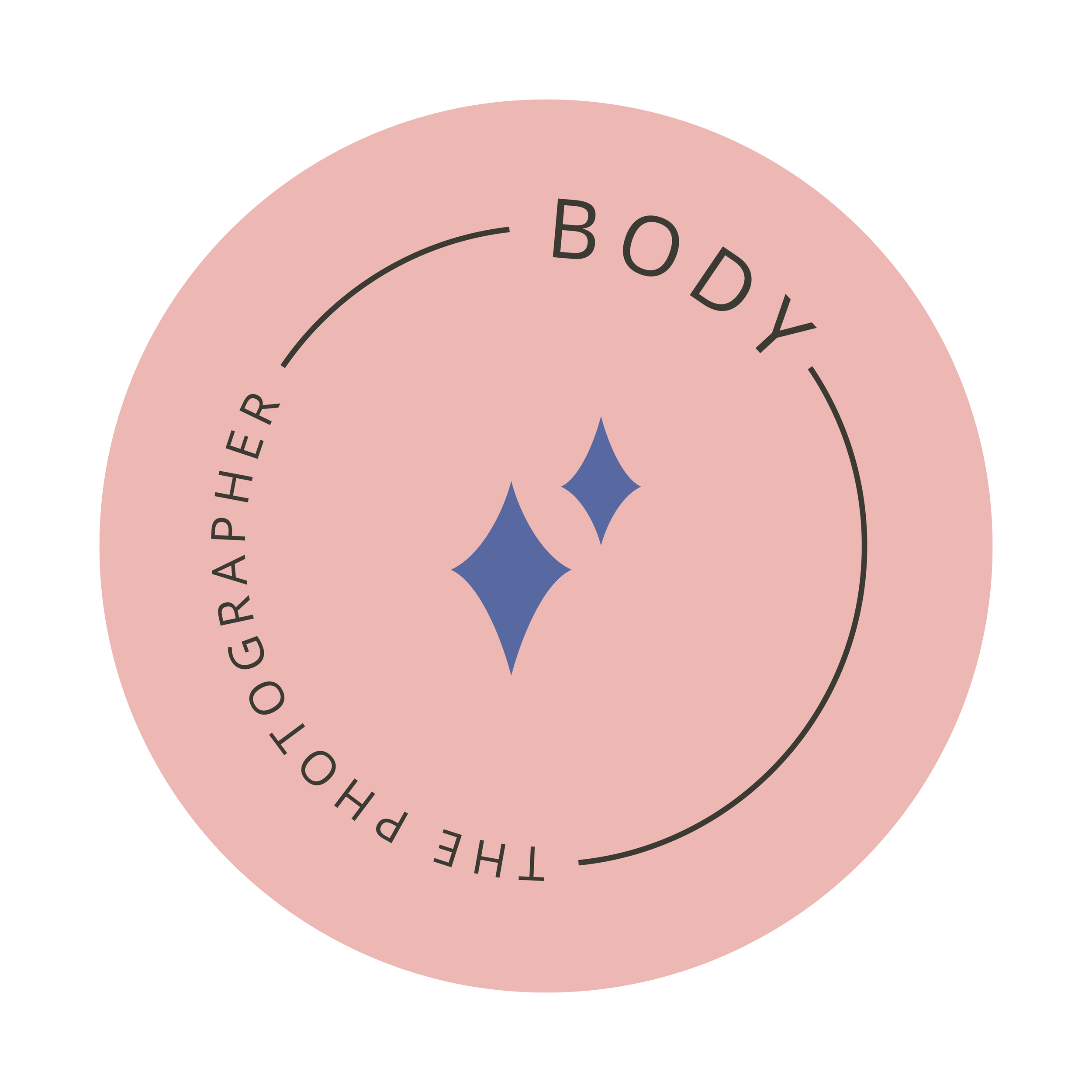Are you a photographer or a photography business owner? The difference, and 4 ways to achieve owner status
Image by: @jessbaileydesigns
Photography businesses often start as a hobby. For women, they may have been a shutterbug always but more likely starting a family was the impetus to pick up the camera. At some point someone offers compensation, or the photographer starts charging for things like gas to and from the session. This eventually leads to taking money.
Notice I said taking money and not starting a business, because in my mind, those are 2 separate things. I could sell an item on marketplace and take money for it but it doesn’t mean I am in business. This distinction is an important one; maybe even the most critical one at this stage because it requires a mindshift set; the flip of a mental switch that triggers a path:
Taking money
A path of ambiguity because it mostly involves guesswork of what to do next: what to charge, how to find clients and managing worthiness feelings around our work.
Business ownership
A path of precision with roots in objective business-building concepts such as business and marketing plans, financial goals and service to others.
I wrote a popular blog post about the power of harnessing this distinction in a one-word swap in our vocabulary, which demonstrates how powerful it can be to make the shift into an entrepreneurial mindset. In addition to flipping that switch in your head, here are 5 ways you can start stepping into business ownership. Yes, we want to have fun; yes, we want to be creative, but in order to create optimal conditions for us to flex that fun and creativity, we absolutely must build our house so we can live in it. Even if you say it’s a side hustle and it’s not your full time living, treating your photography as a side note isn’t conducive to success. Businesses can come in all shapes and sizes but in the end, they are still a business.
Business Owners Create Assets
How much are you selling your digital images for? Are you “throwing in” extras to be nice or because they weren’t purchased and it hurts your heart to bury them on a hard drive? Are you upselling the gallery for only a few bucks? These are clues that you are not treating your work as a precious thing; as an appreciating asset with value. Many items appreciate with time and care such as fine wine, homes and collectibles. We would label those as assets, and they increase in monetary value. When you click a shutter you aren’t just snapping a mindless photo - one of millions that find their way to social media daily and are instantly forgotten and unremarkable. You are creating an asset that increases in value with time and care. Your photographs are important to those for whom you’ve taken them, and as time and generations pass, their value moves into the priceless category. Our assets hold a monetary value and create personal value.
Internalizing this knowledge can help you understand the power of your creation; that these assets are imbued with worth: the worth of the skill and experience that you used to create them, and the value they represent to clients. Since our assets appreciate with personal value to our clients, it demonstrates how critical it is to charge that monetary value UP FRONT; at time of purchase. This realization can significantly change the way we perceive our own business; from a hobby where we may feel at the mercy of clients asking for discounts or exceptions, to feeling like the business owner who is responsible for producing high personal value assets to add to clients’ collections, the way someone would purchase a collectible or a fine wine.
Business Owners Plan for the Future
When you’ve been photographing family and friends and suddenly someone outside of your circle wants to hire you, there can be unnerving and giddy feelings all mixed together. You’re in business! You leave the path of ambiguity and decide to follow the advice of fellow photographers and run your CODB or dream allocation. But when confronted with the numbers, the creative math may begin; lowering or even not adding values for certain things because the final number gets bigger and bigger for what we must charge. Some might scrap the plan altogether and move back into ambiguous territory, setting photography pricing according to competitors, or by what doesn’t trigger stress.
The money today creates the future. Our fears cause us to start lowering the numbers, but what we are actually doing is lowering or postponing the dream. If one dreams of a studio then the studio costs must be accounted for today, in order to build the money for tomorrow. We might feel better in the moment to reduce the numbers, but ultimately we are sabotaging the business and our dreams from the start. And this is before any client even has a chance to have any sort of opinion about our pricing!
Business owners focus on the clients first
Our typical motivation to start a career in photography is that we enjoy it and love producing art. That’s important because it drives us creatively, but once we start a business, someone else joins the party — the client. It’s not just us. We want to book clients and want them to pay us to build that future we just discussed, but a critical misstep at this stage is that we don’t shift our focus to client. Sales legend Zig Ziglar famously said that we will get everything we want if we help enough people get what they want. He was a top salesman for a reason. He, and others like him, place a high, even obsessive focus on the client, in order for them to walk away with everything they want and what makes them happy. In doing so, he secures his future.
This is one of the counter-intuitive concepts we encounter with sales and marketing because it’s hard to feel that we are putting our goals second to someone else, especially if it’s our business! Thing is, we aren’t actually putting our goals second. We are putting our goals first by intentionally putting the people who will help fulfill those goals first, as a strategy.
Business owners practice unlimited thinking
Every day on social media, conversations about limits play out. The economy is crushing my bookings. I’m getting ghosted. My area is saturated with other photographers. People won’t pay if I raise prices. I don’t want to pester people by posting too often about my services. Who can ever get ahead when they wake up and just see a path of obstacles bearing down on them? We feel defeated before breakfast!
I read many business books and biographies of successful business owners. One of their biggest success factors is to shift the thinking from seeing the limits to seeing how to crush the limits. Some limits aren’t actually real limits. They are imagined or assumed and must be dissipated, such as assuming no one will pay if you raise prices or that you are pestering people. Simply, those must be recognized as our own fears and or lack of knowledge/ education, and dissolved by dropping assumptions and moving forward. For actual limits it’s critical to tackle, overcome or circumvent them instead of letting them hold us down. Bookings down? We can cry into our morning Cheerios, or we can double-down on our lead generation efforts. Website not converting? Learn the best practices of website optimization and take time to implement. Struggling with indoor sessions due to insufficient natural light? Take on the challenge of adding flash in a way that still achieves your style. Train yourself to see opportunity and crush any limit threatening your dreams like a true business owner.
Linking the other pillars
Our body is an external reflection of our inner world. When you feel like a business owner, it may change the way you wish to present yourself, and in doing so, giving an instant upgrade in how others perceive you and your business.
Stepping into an identity of a business owner helps with branding efforts, because you are creating an objective separation between yourself personally and your business. We often entangle ourselves too personally, making it about us and not about the client. Our brand is the energy we wish the client to feel, not only ours.
We often want business ownership but we stifle the intuition that hints to us at what we need to do, and indulge the limits instead - our own or those of others. Our intuition is our guiding force and we need to allow it to give us our success insights.
Join the Facebook Group with over 6,000 like-minded members to chat with others on this topic, and more!







